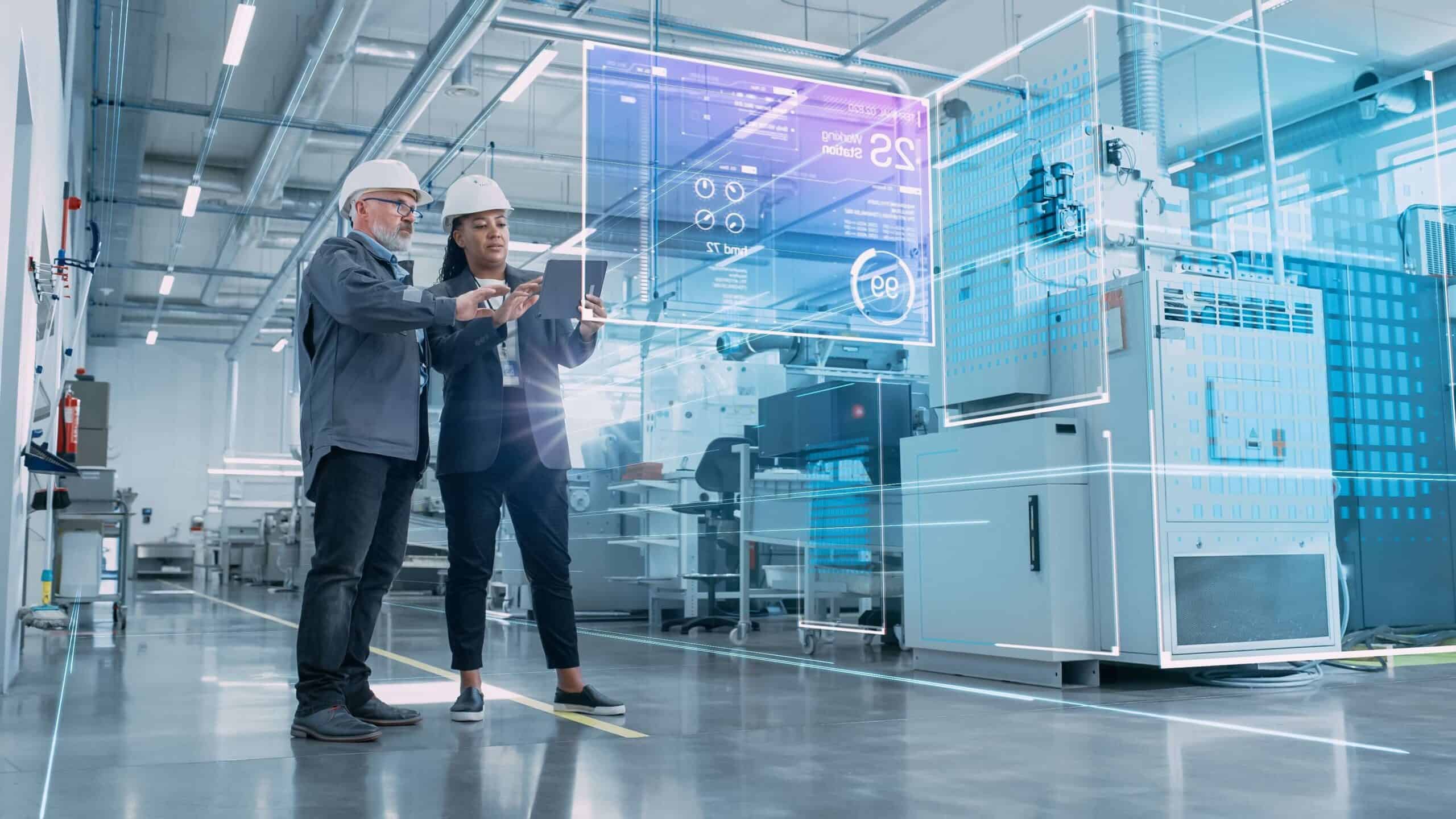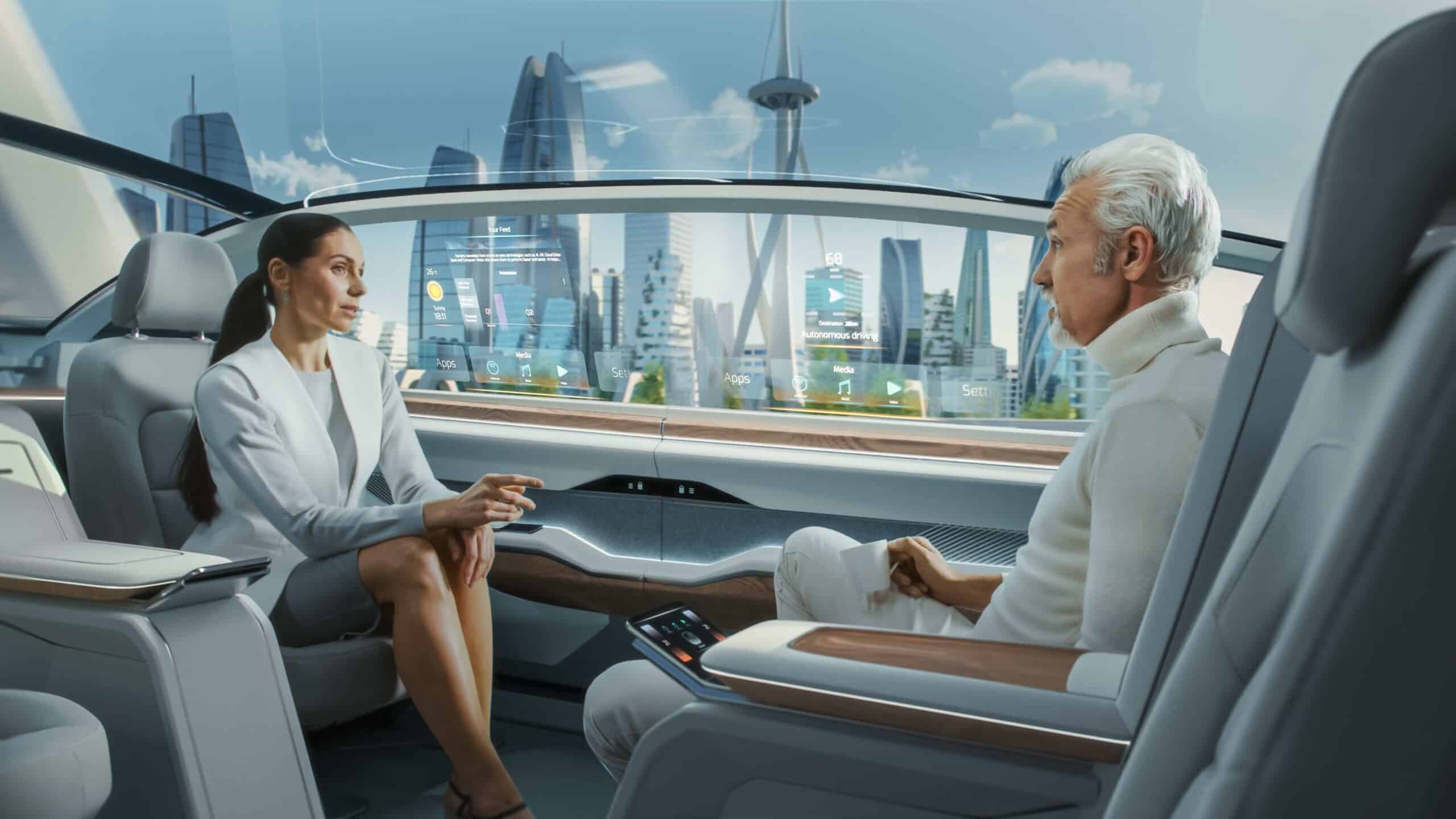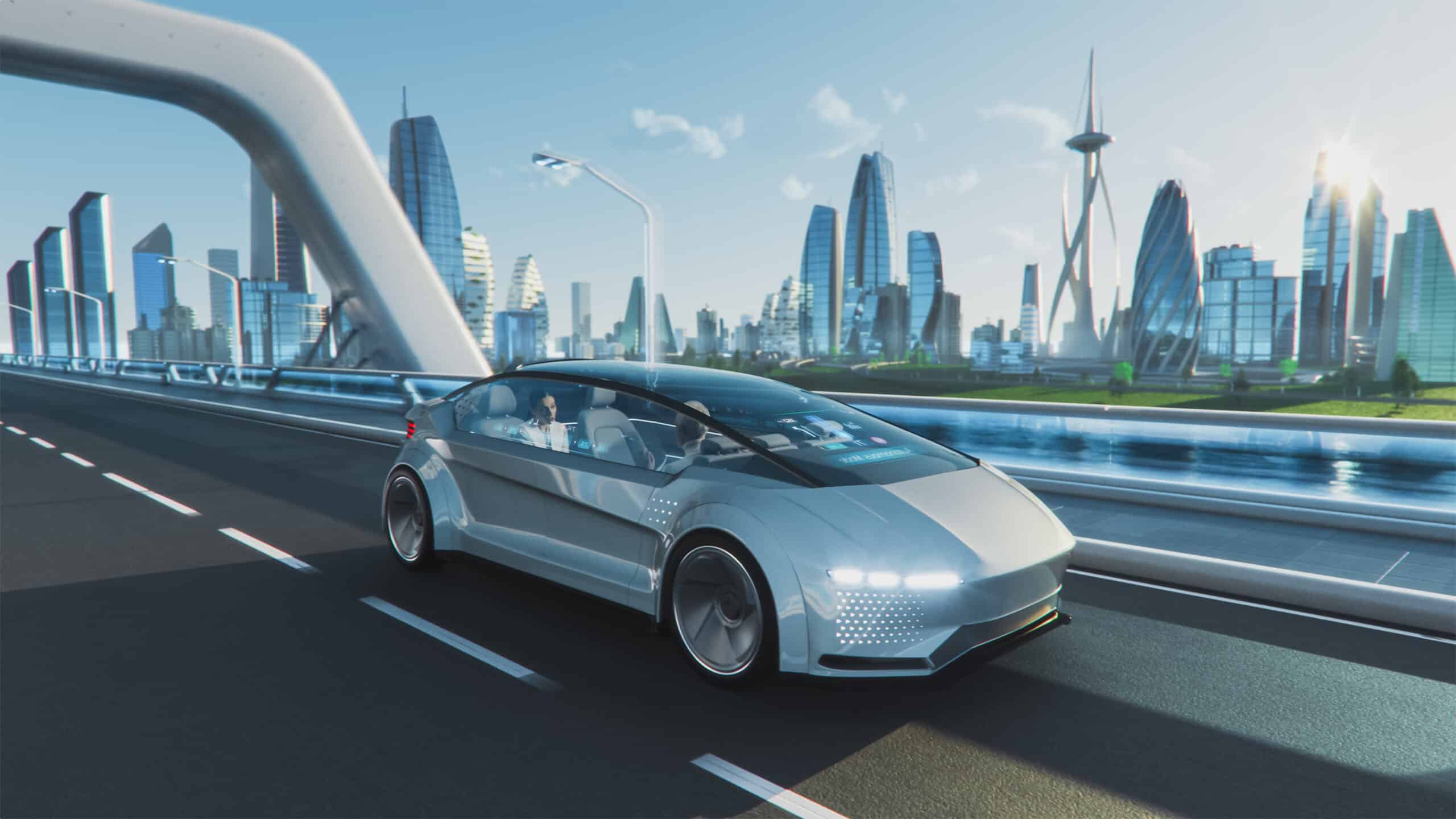- A concept from the 1920s: ‘ionic wind’ enables planes to fly silently, with no moving parts
- Electroaerodynamic propulsion – what is it and how does it work?
- A game-changer for short-range, small-payload drone flights?
- The ultimate goal: carbon-neutral flight
Today’s airplanes use propellers and turbines to travel through the air. While it allows them to cover large distances in a short amount of time, this type of propulsion system also has one major disadvantage – it releases massive amounts of carbon dioxide into the atmosphere, polluting our environment. With the consequences of climate change becoming more severe with each passing day, researchers around the world have been hard at work looking for a way to reduce the aviation industry’s environmental impact, and we’re finally starting to see some very impressive results. One of the most promising examples comes from MIT. Its researchers have recently revealed a concept that could forever change what air traffic in the future would look like – electric planes without any moving parts.
A concept from the 1920s: ‘ionic wind’ enables planes to fly silently, with no moving parts
The plane has a wingspan of 5 metres, weighs approximately 2.45 kilograms, and it’s just completed its first flight, albeit a very short one. The researchers were able to fly the plane for about 60 metres at a speed of 5 metres per second using a form of electric propulsion known as an ion drive, which may sound familiar if you frequently watch sci-fi movies. “I was a big fan of Star Trek, and at that point I thought that the future looked like it should be planes that fly silently, with no moving parts – and maybe have a blue glow. But certainly no propellers or turbines or anything like that. So I started looking into what physics might make flight with no moving parts possible, and came across a concept known as the ionic wind, with was first investigated in the 1920s,” explains Steven Barrett, an MIT professor of aeronautics and astronautics and lead researcher on the project.

However, the researchers failed to make much headway with the concept at the time and it was quickly abandoned. The idea was picked up again in the 1960s by aerospace engineers, who wanted to see whether it could be used to power flight, but they came to a similar conclusion as their predecessors – it simply couldn’t be done with the technology we had at our disposal then. But thanks to recent technological advancements, that’s no longer the case. Barrett spent more than nine years working on the concept with a team of MIT graduate students, trying to find a more efficient way to generate ionic winds and use them to propel an airplane through the air – and they finally succeeded. But what exactly is an ion drive and how does it work?
Electroaerodynamic propulsion – what is it and how does it work?
Actually, the technical term for this type of technology is electroaerodynamic propulsion. Using a lightweight power converter powered by a lithium-polymer battery, the researchers first charge an electrode called the emitter, which is placed near the front of the plane, to +20,000 volts. This creates a powerful electric field around the emitter and causes the neutral nitrogen molecules in the air to lose an electron and become positively charged ions. At the same time, the power converter also charges the second, smaller electrode called the collector to -20,000 volts. Located at the back of the plane, the collector then proceeds to attract the positively charged ions, causing them to collide with uncharged air molecules as they travel from the emitter towards the collector and creating the ionic wind that propels the plane forward.
A game-changer for short-range, small-payload drone flights?
Now, before you get your hopes up, it’s worth noting that this technology is nowhere near advanced enough to be able to propel an actual passenger airplane on its own just yet. We don’t even know if it will ever be. Right now, the plane can barely keep itself in the air for up to 12 seconds inside a wind-free gym. Nevertheless, it’s a very promising idea that could have a wide variety of useful applications in the future. “Although it is still a long way off from commercial gas turbine propulsion … electroaerodynamic propulsion has the potential to be a game-changer for short-range, small-payload drone flights,” says Priyanka Dhopade, a researcher at the Oxford Thermofluids Institute. In addition to creating silent, fixed-wing drones, the technology could also be used to reduce noise or increase the fuel efficiency of commercial airplanes by embedding it into their exterior skin.
The ultimate goal: carbon-neutral flight
Of course, the ultimate goal is to one day use this technology to create safer, easier-to-maintain, virtually silent airplanes that produce zero emissions. “It’s clearly very early days: but the team at MIT have done something we never previously knew was possible in using accelerated ionised gas to propel an aircraft,” says Prof Guy Gratton, an aerospace engineer and visiting professor at Cranfield University. “Aeronautical engineers around the world are already trying hard to find ways to use electric propulsion, and this technology will offer something else that in the future may allow manned and unmanned aircraft to be more efficient, and non-polluting. In particular, the fact that they have already got this out of the laboratory, and flown a battery driven model aircraft – albeit so far on a very small and controlled scale – is very exciting.” While 60 metres over 12 seconds doesn’t sound very impressive, it’s actually not bad for a first flight. In fact, the numbers are comparable to those achieved by the Wright brothers during their inaugural flight in 1903 and we all know how far their invention has come since then.
The idea of electroaerodynamic propulsion has been around for quite some time, but we just didn’t have the technology to turn it into reality – until now. While still in very early stages of development, electroaerodynamic propulsion could one day enable us to significantly reduce the aviation industry’s environmental impact by creating electricity-powered airplanes that produce no emissions. In the near term, the technology could have useful applications in other fields, including creating silent fixed-wing drones, as well as reducing noise and increasing fuel efficiency in commercial airplanes.







